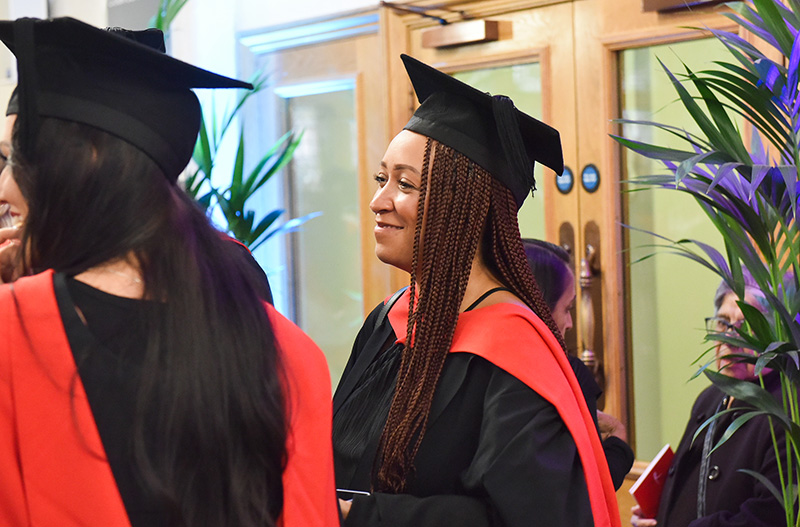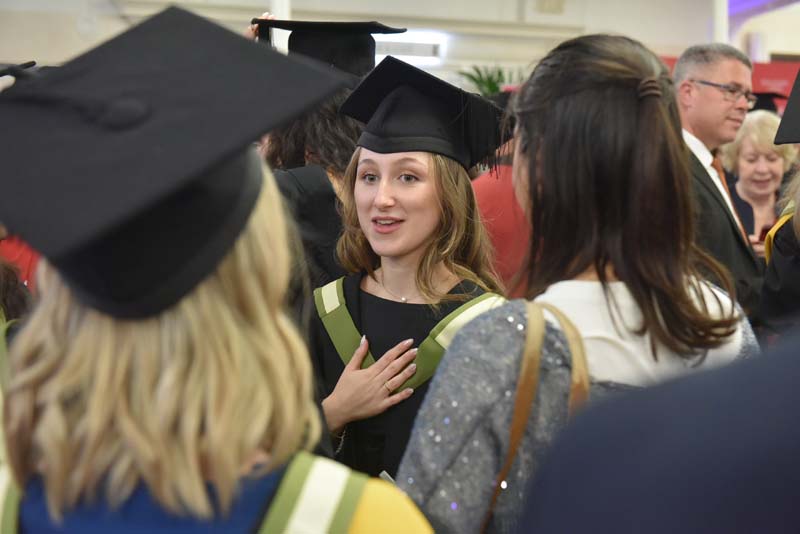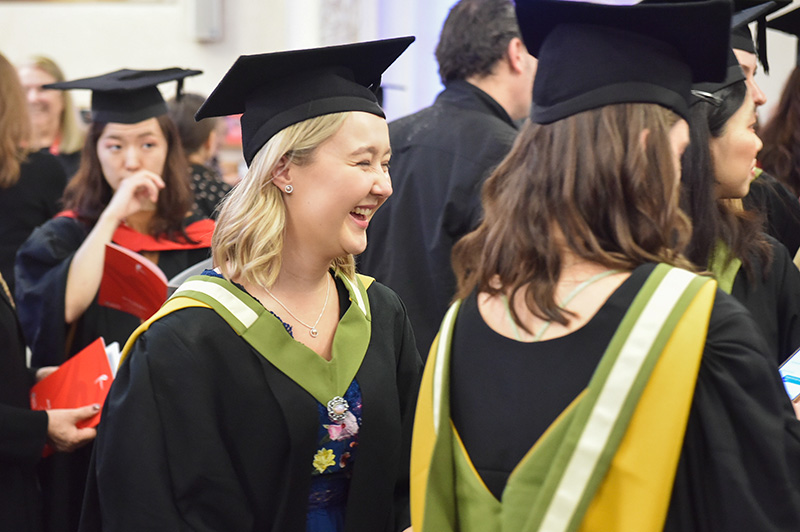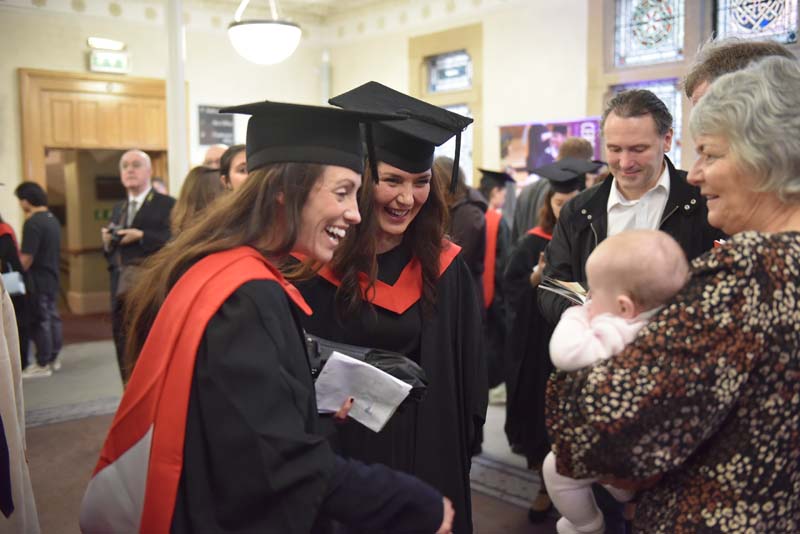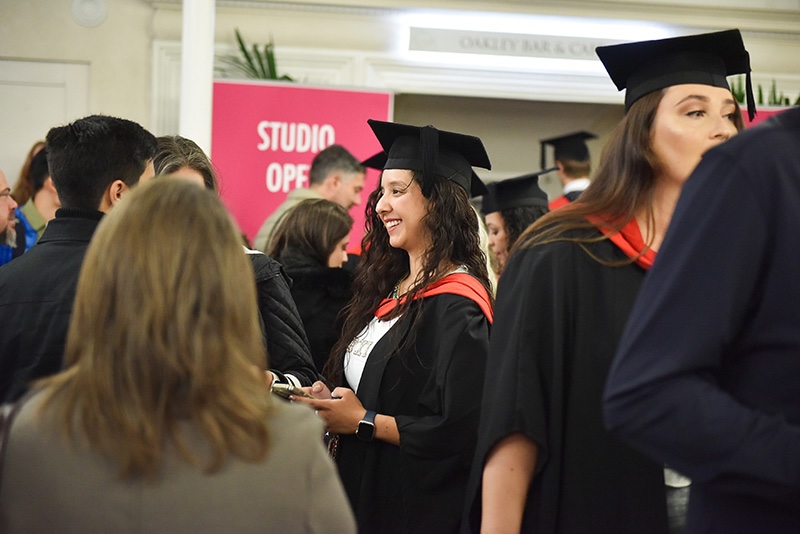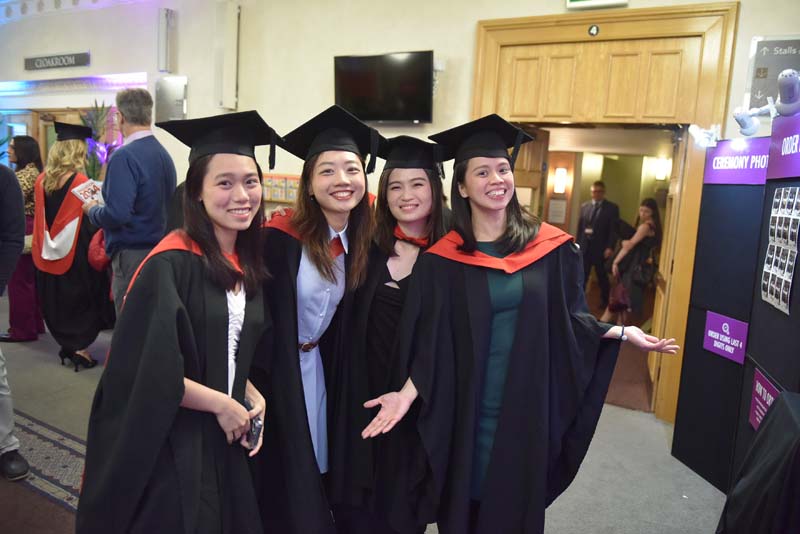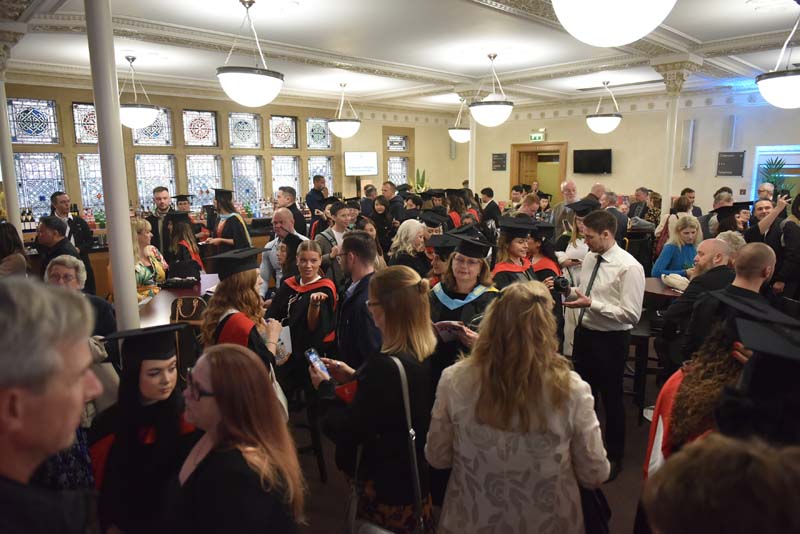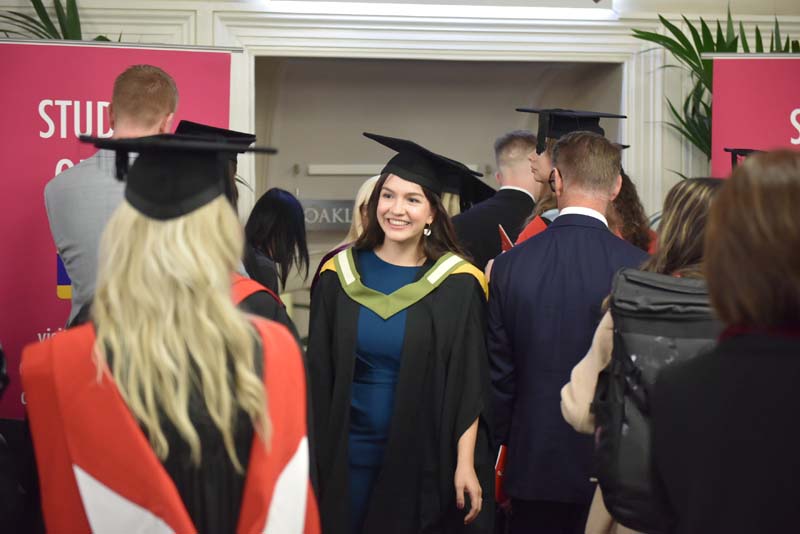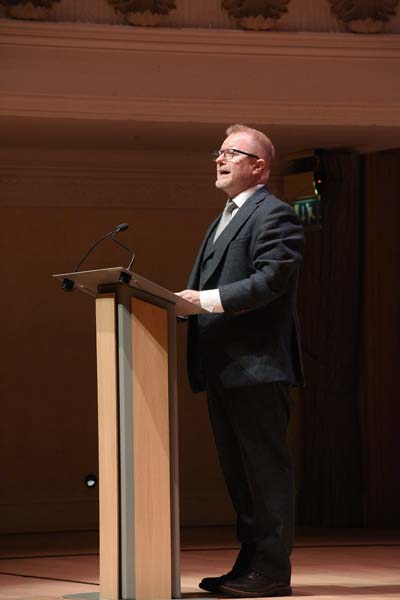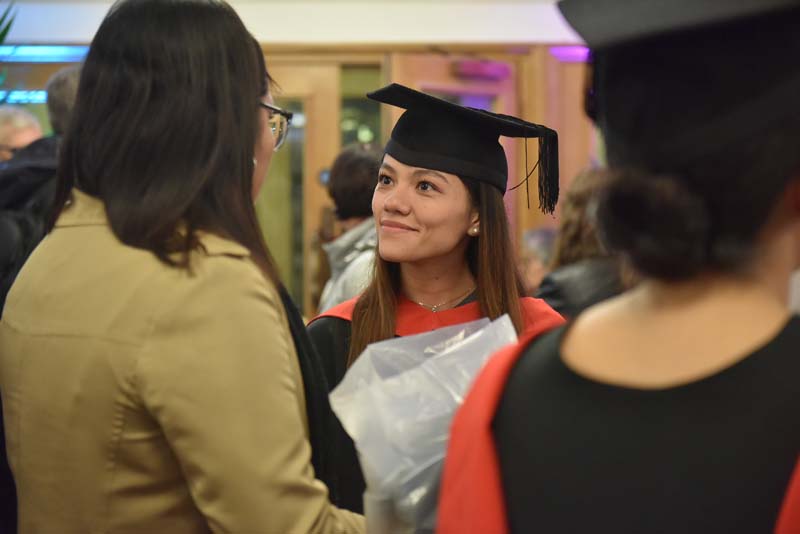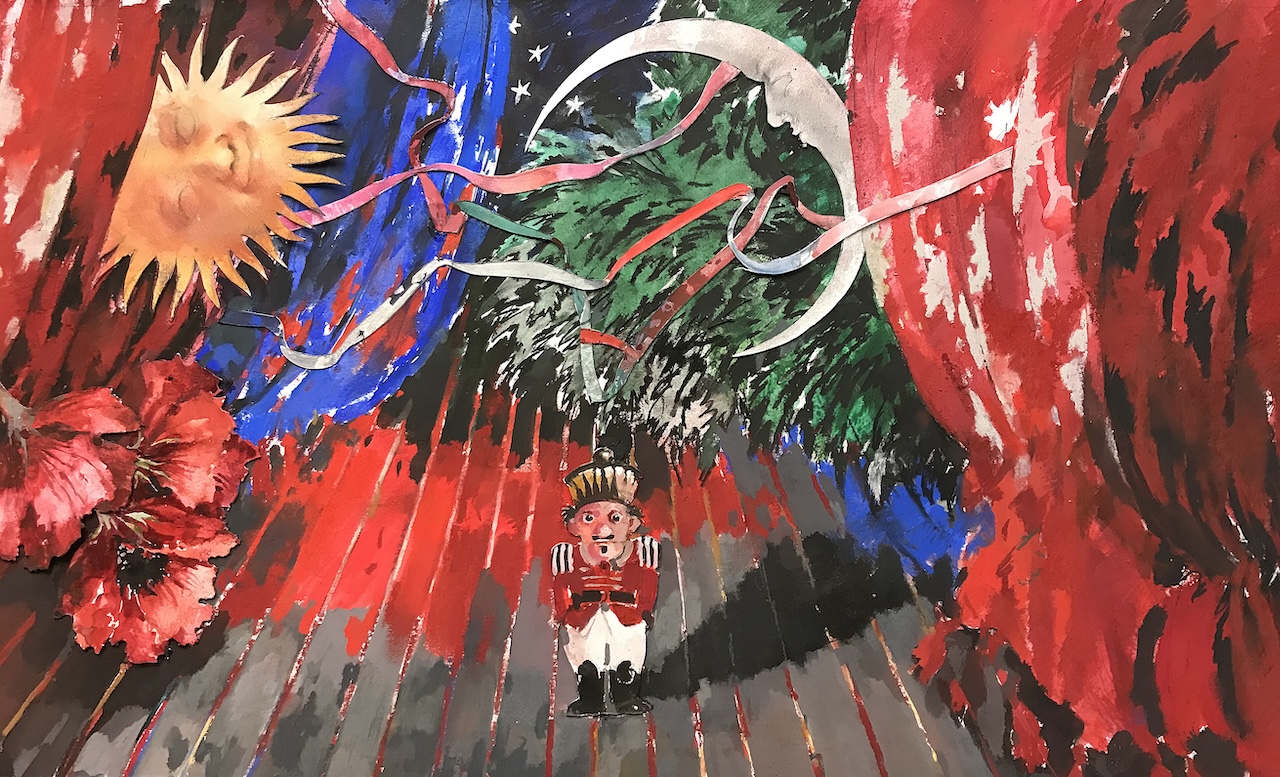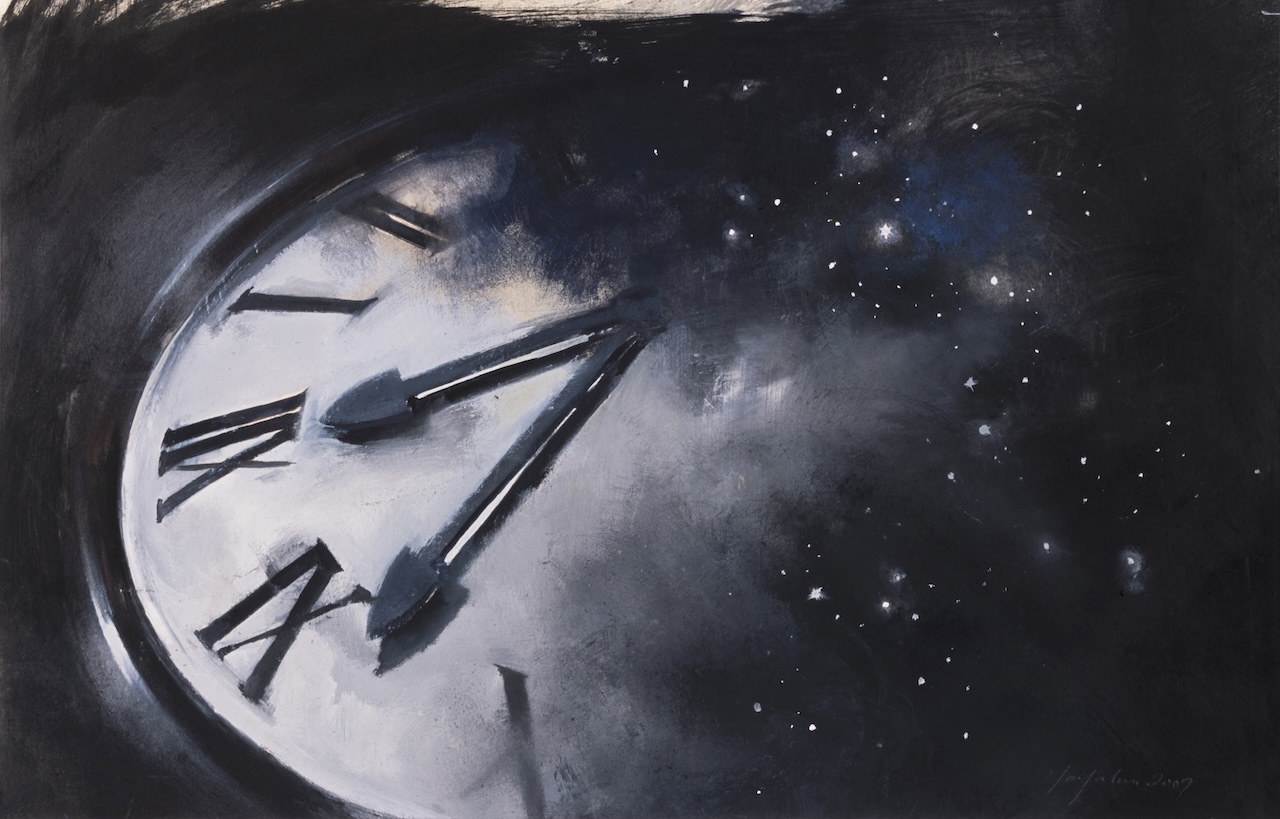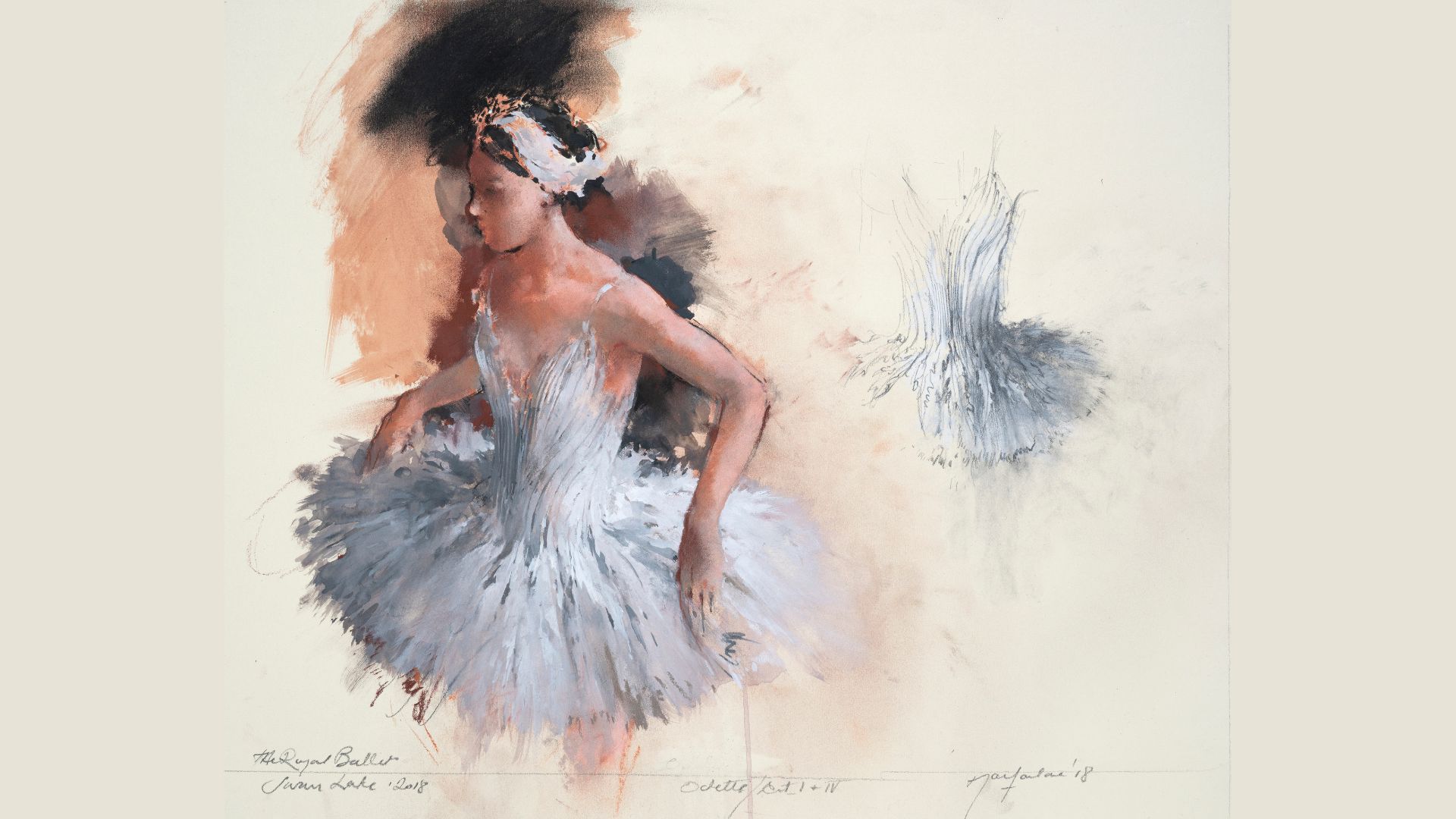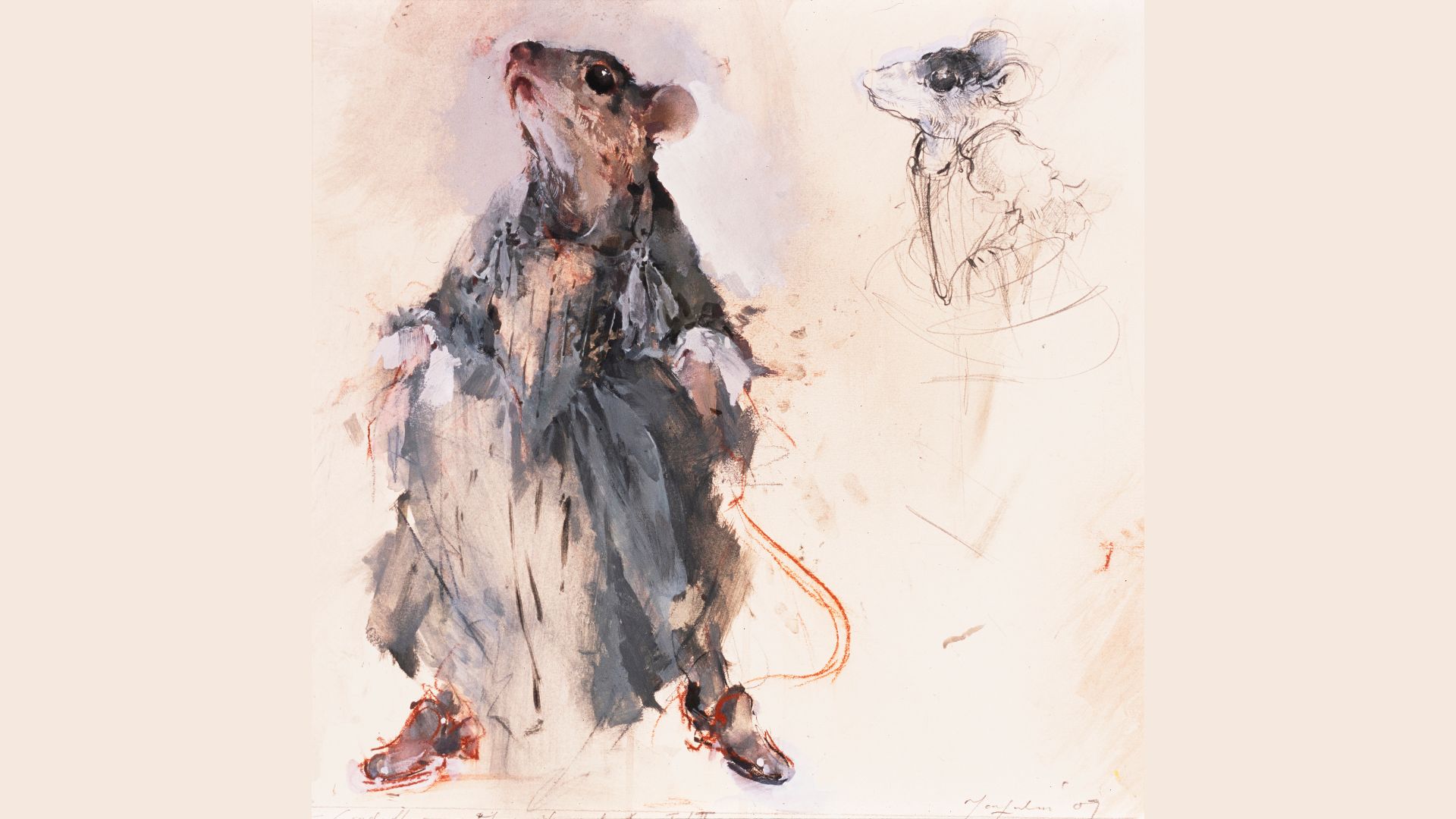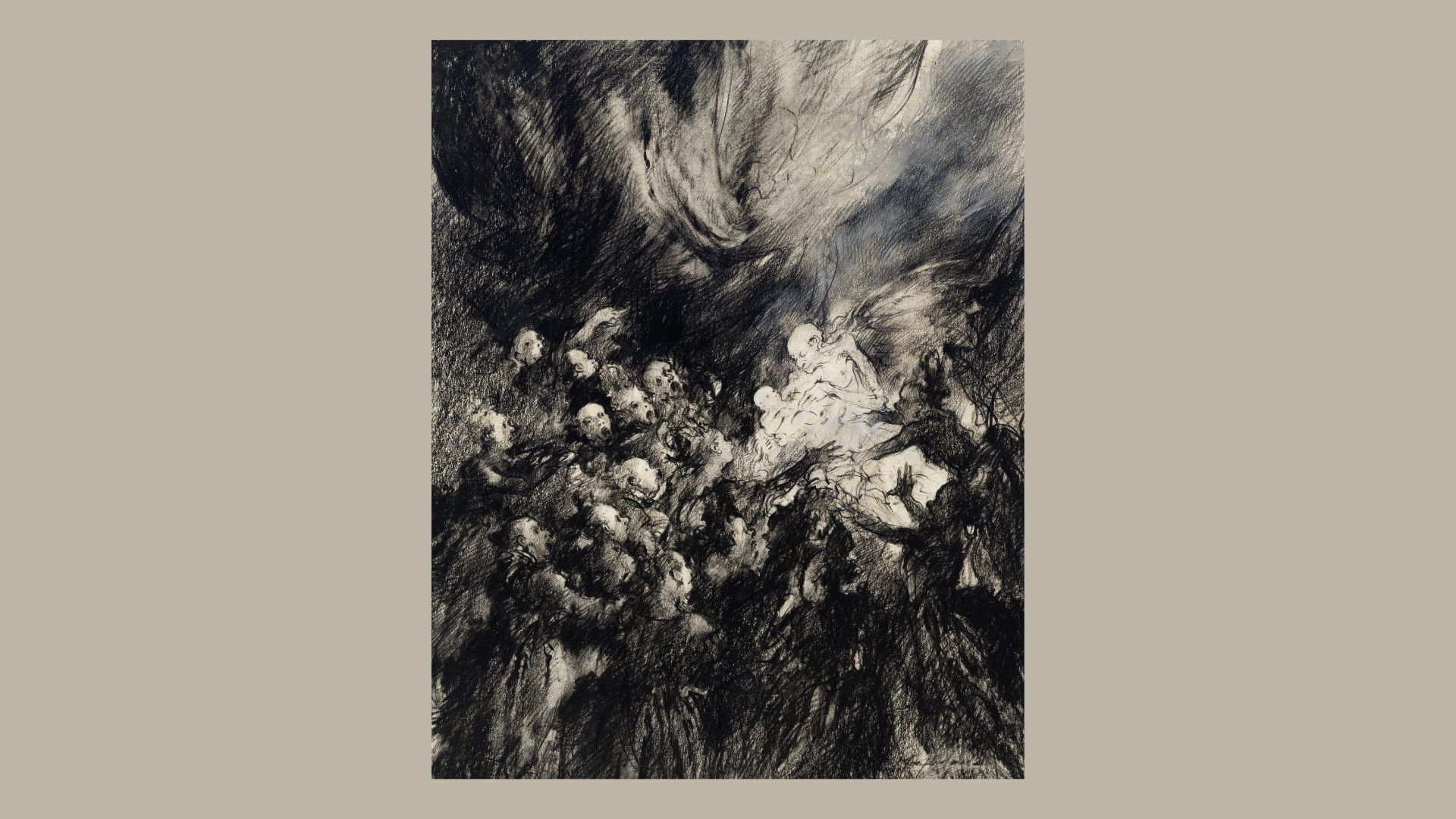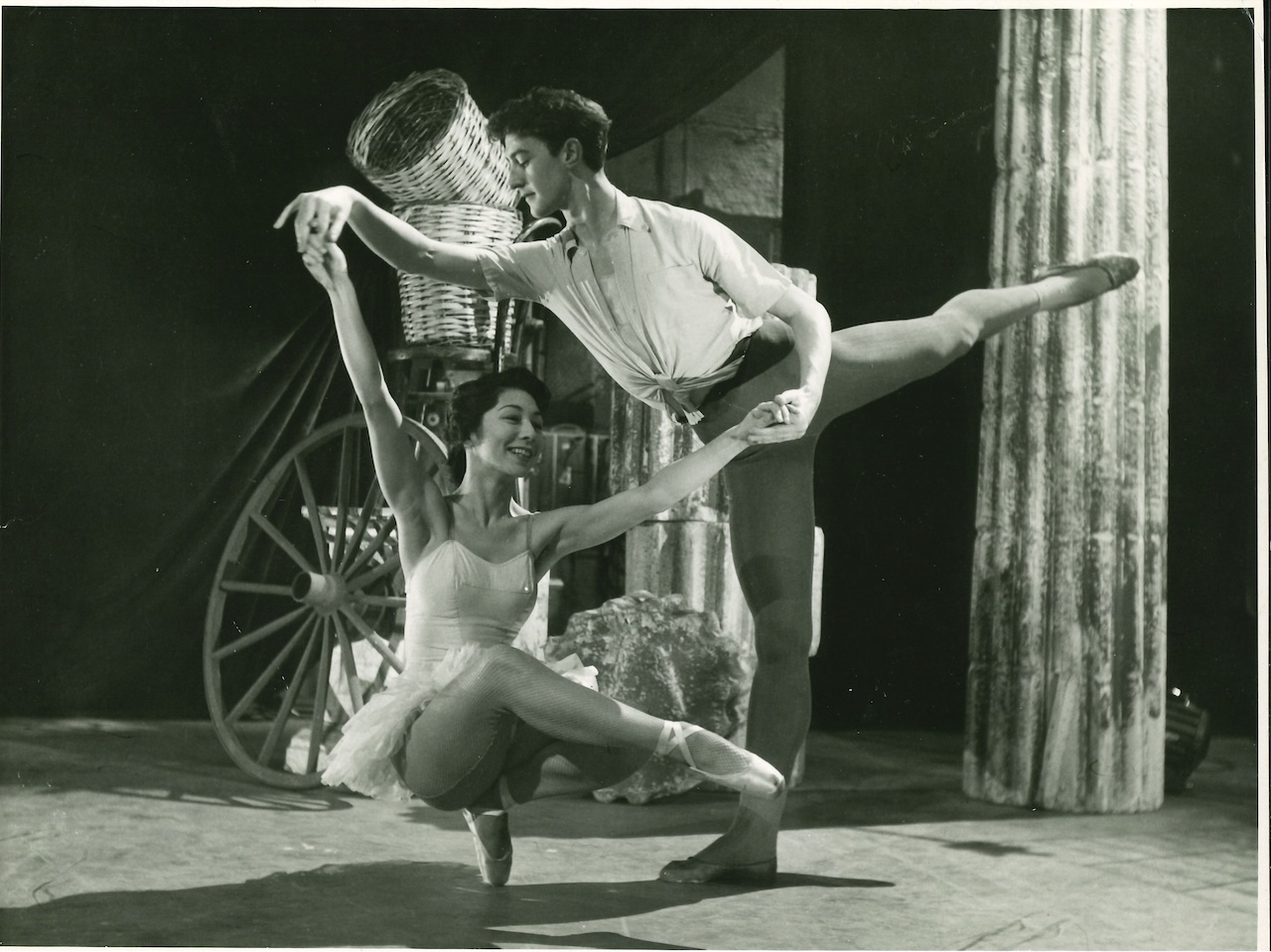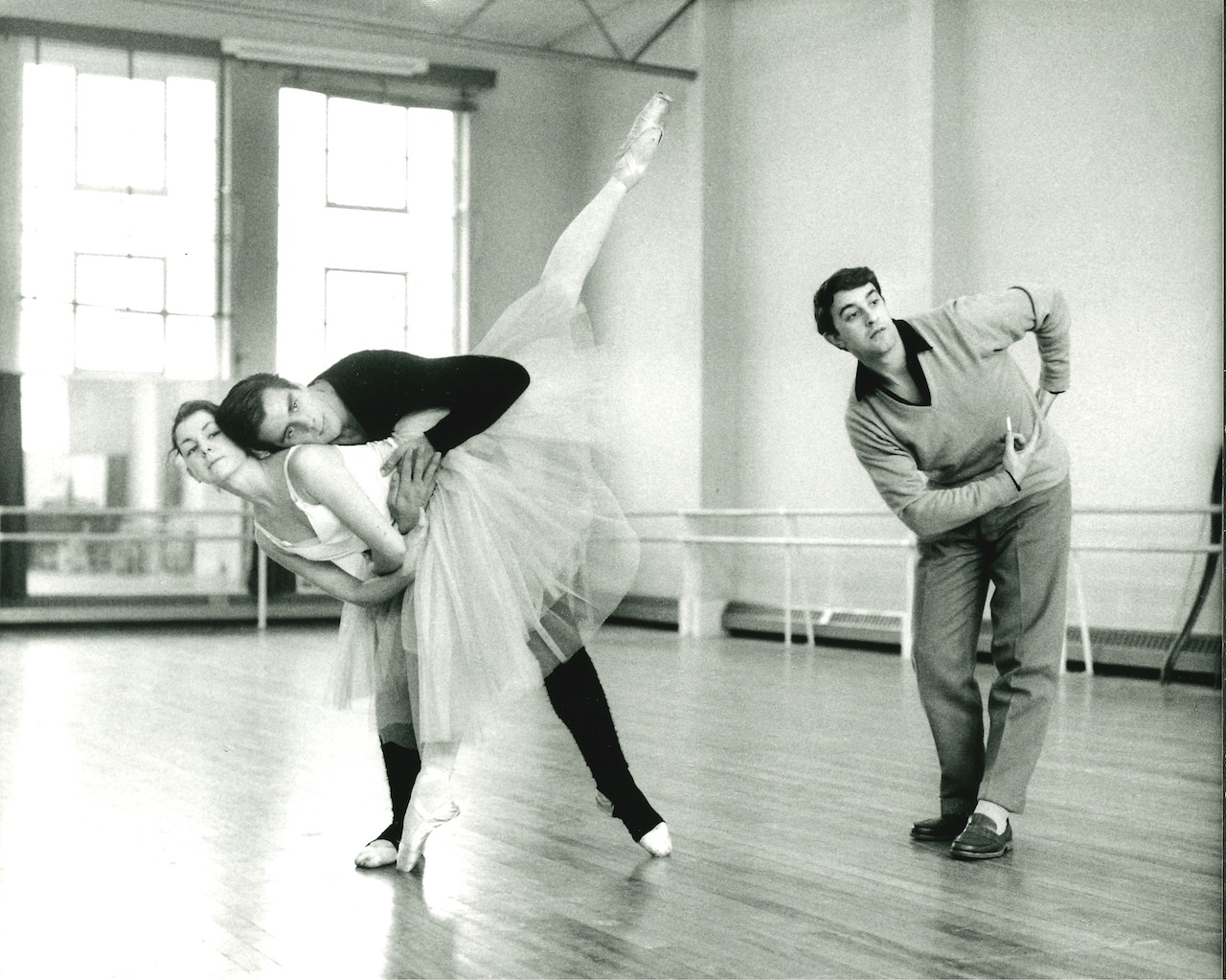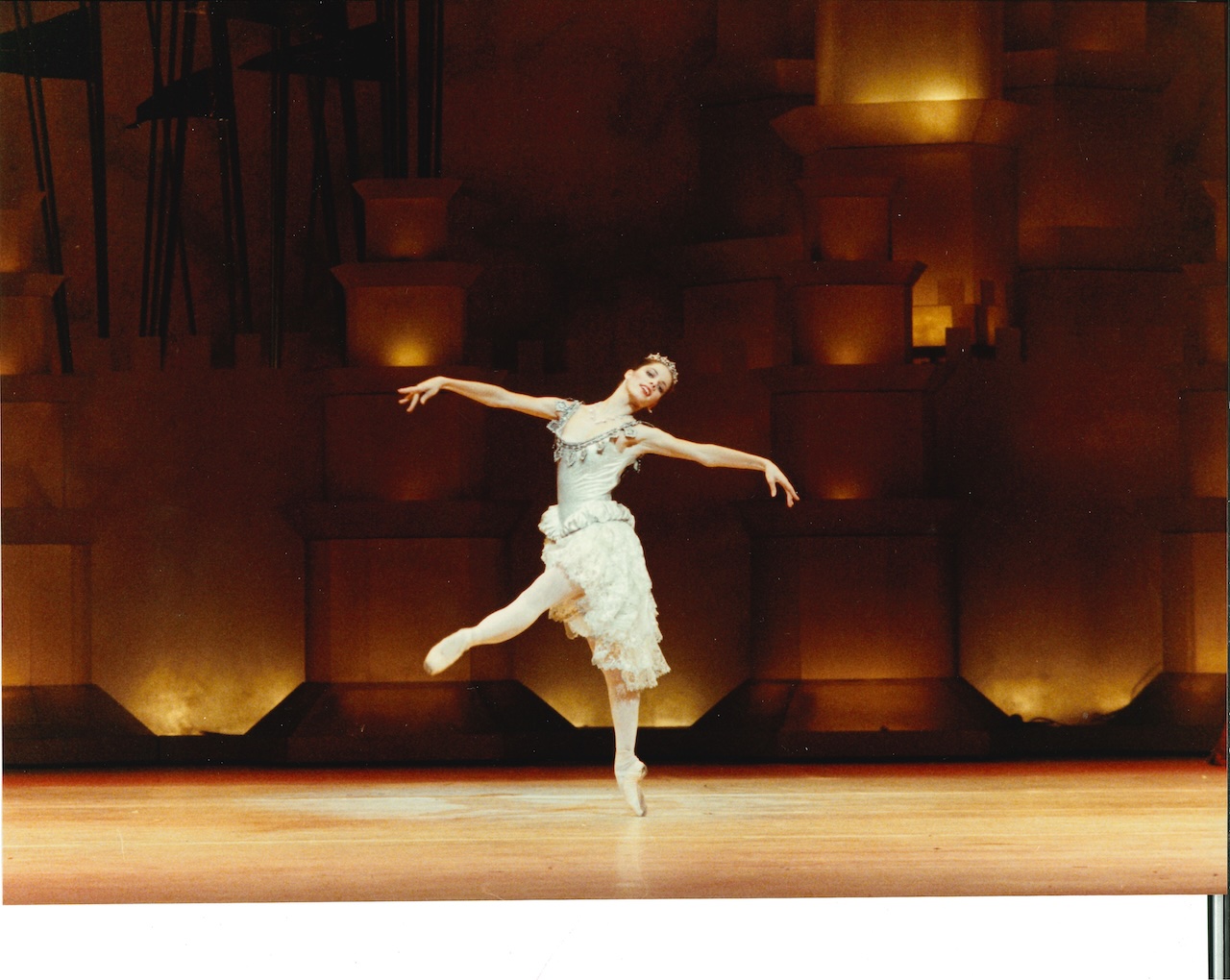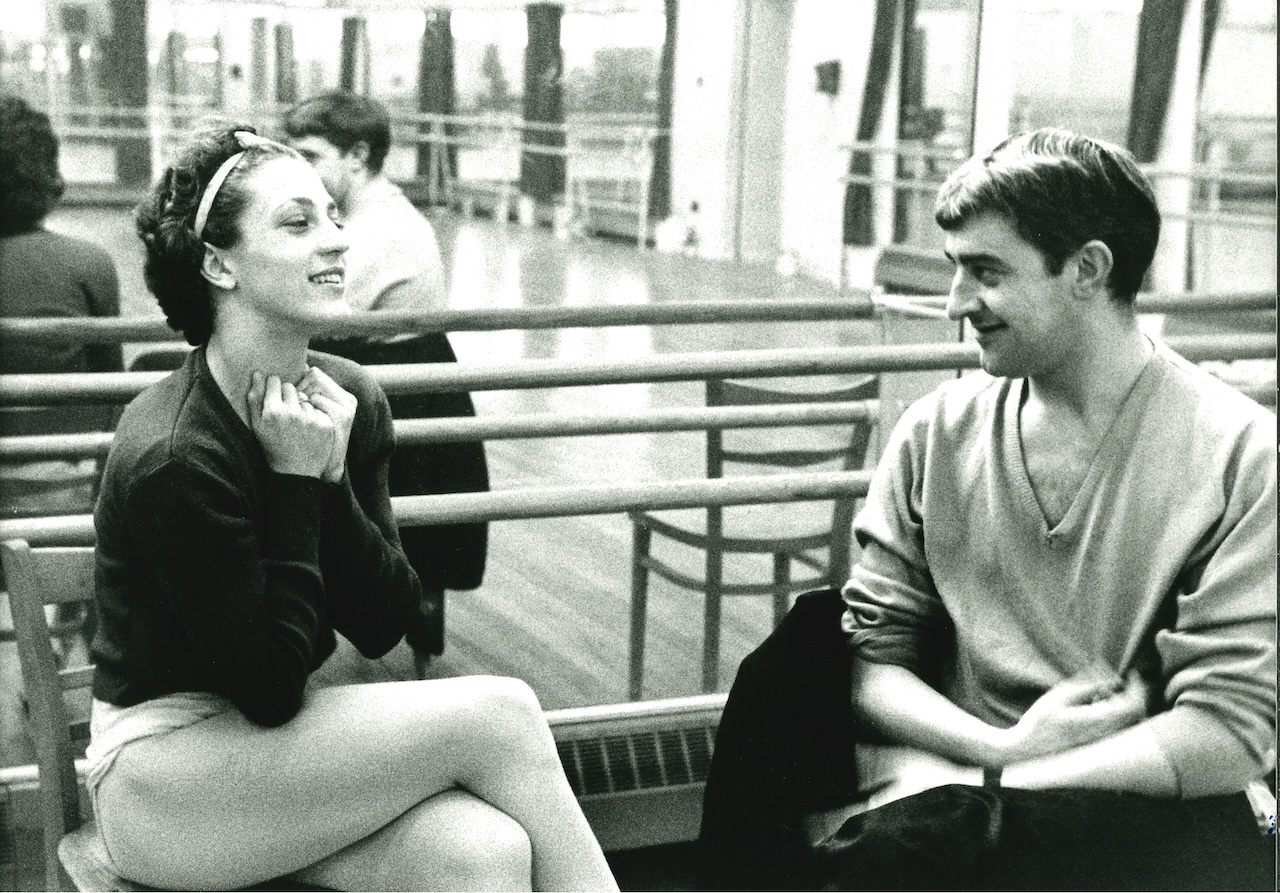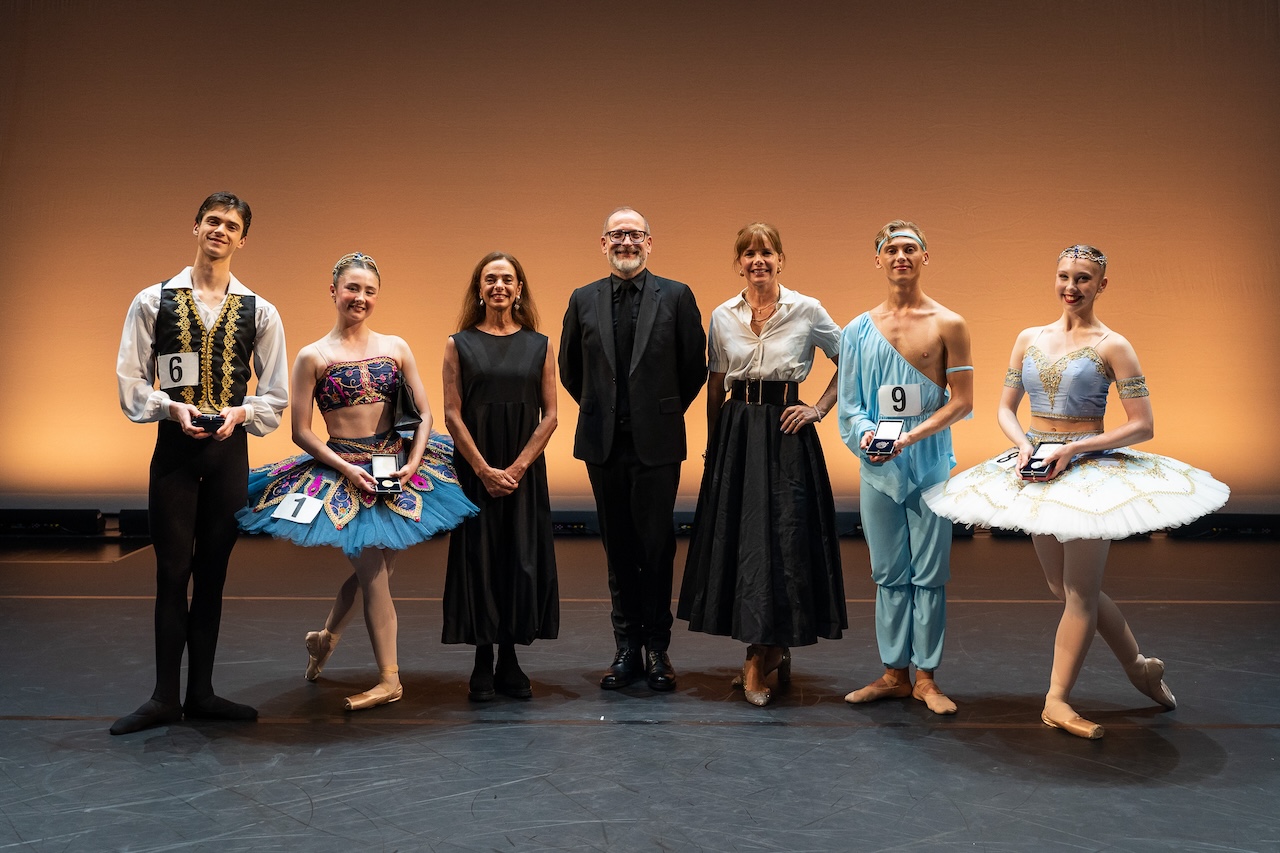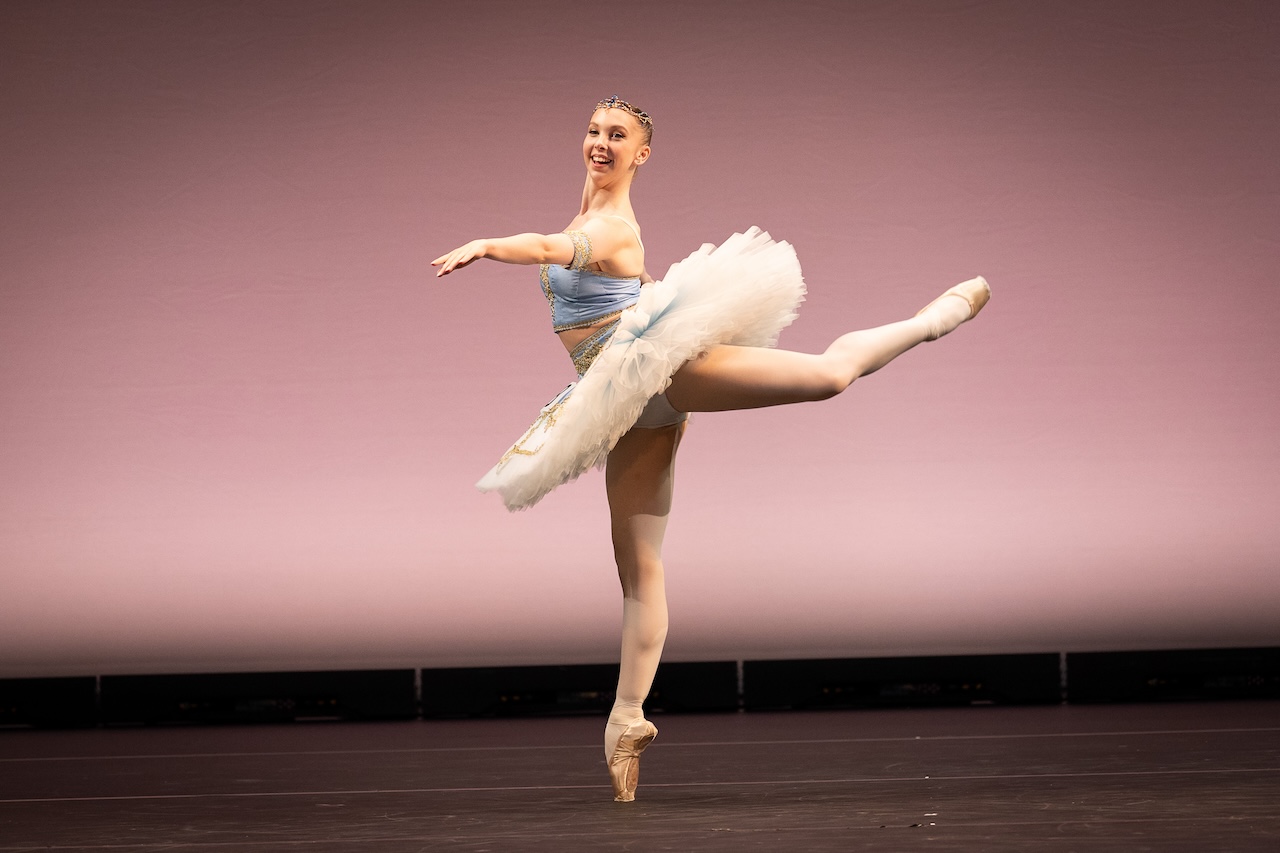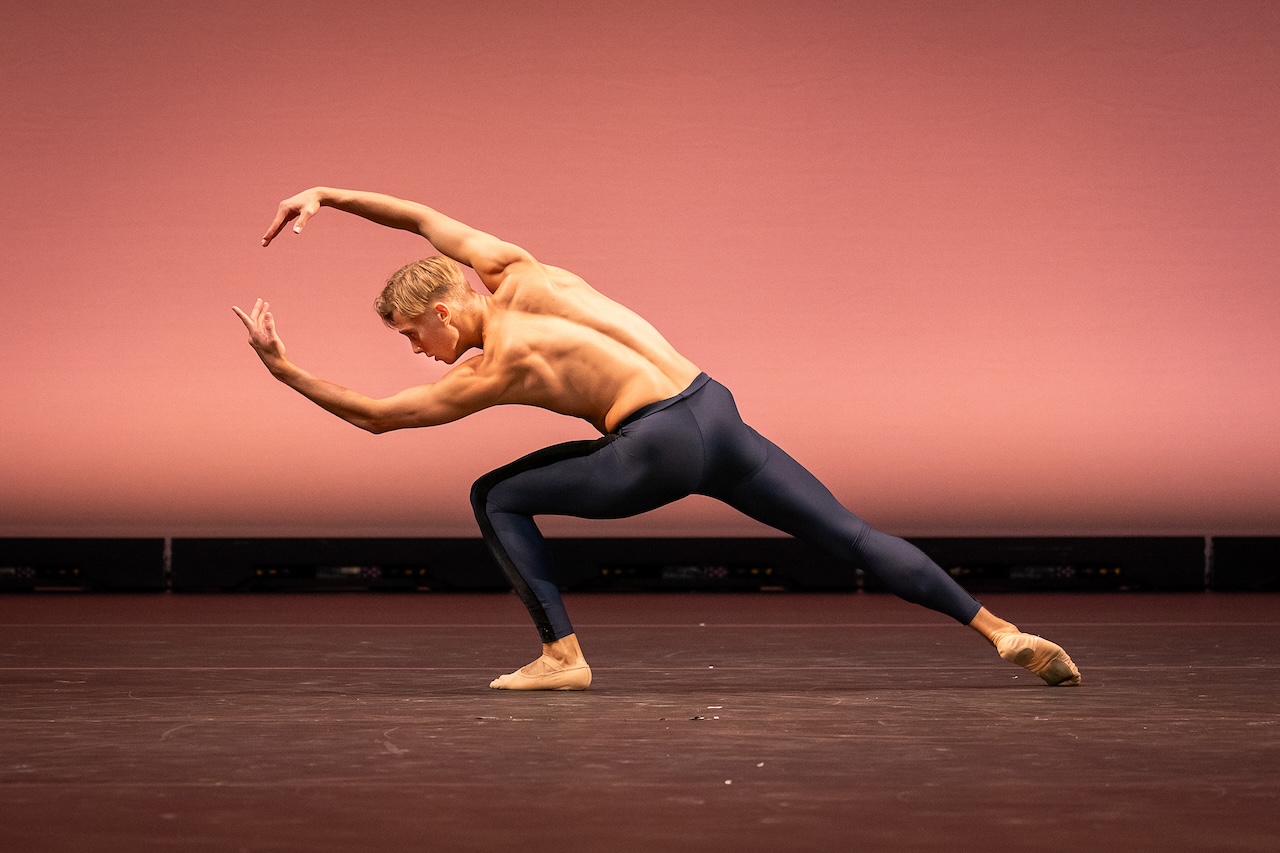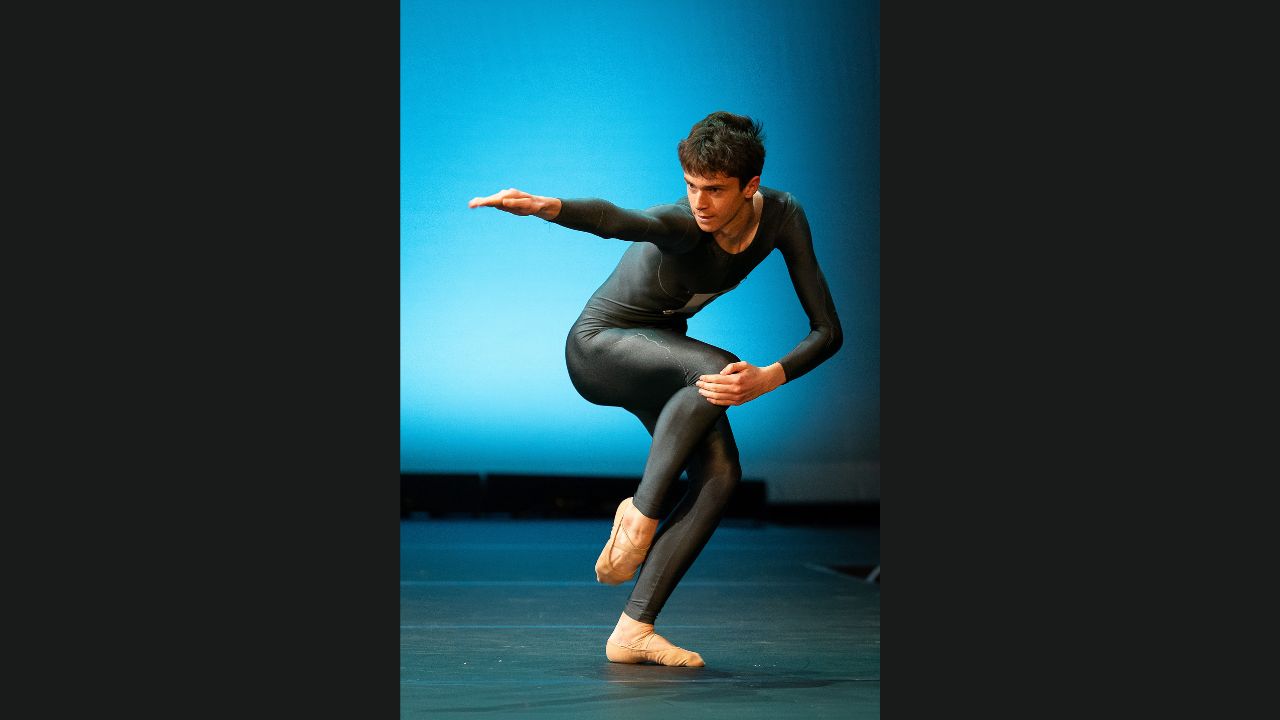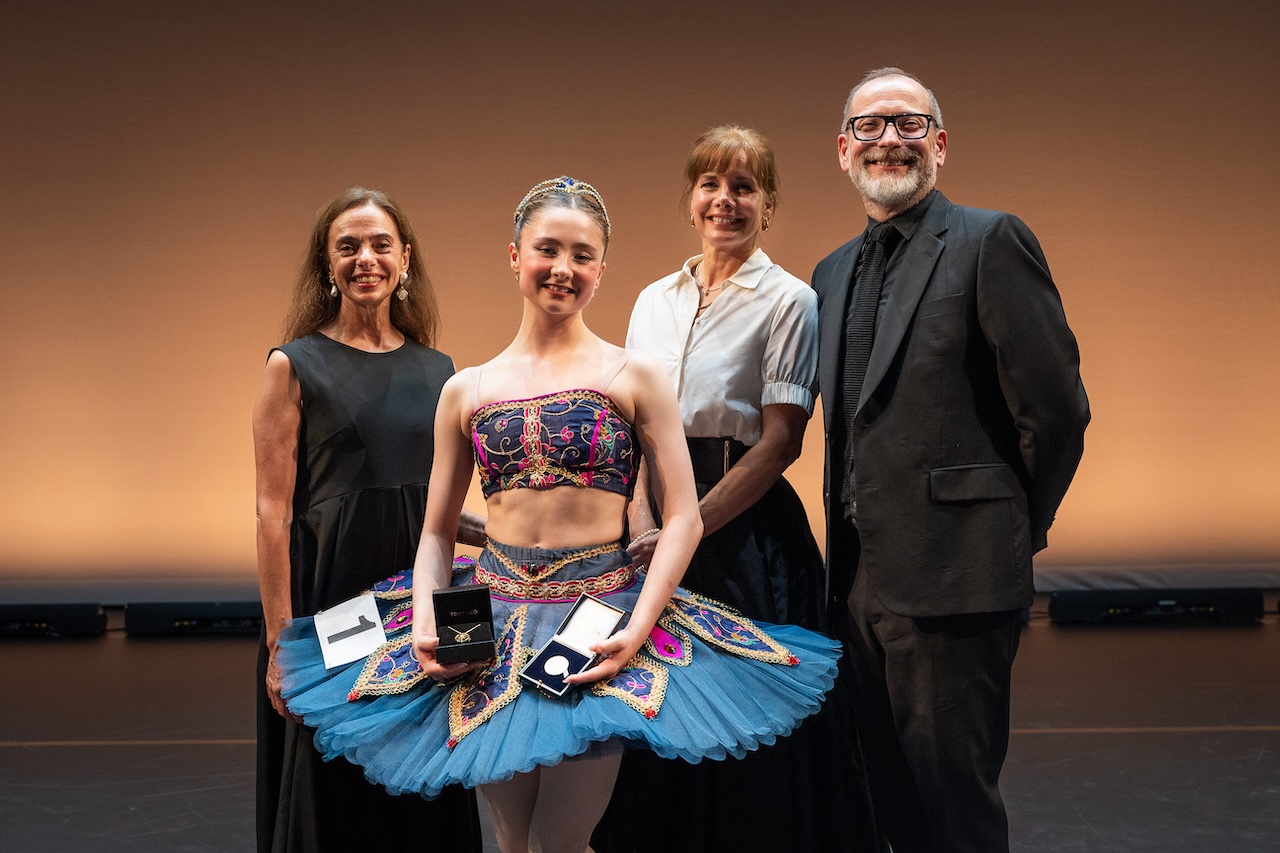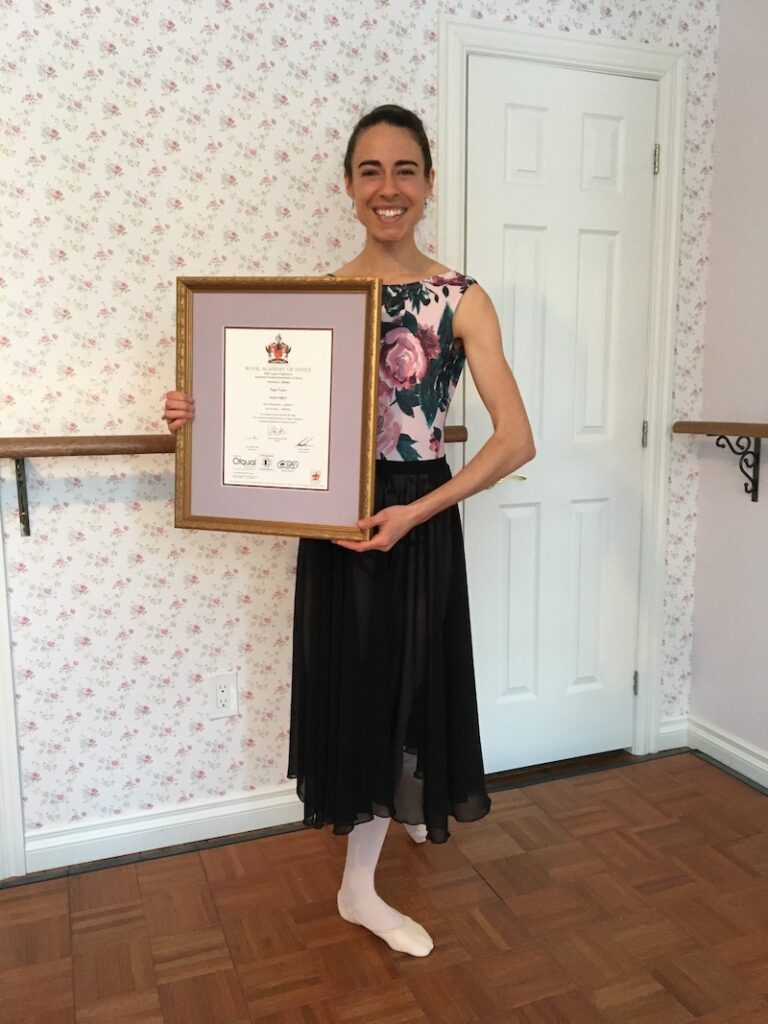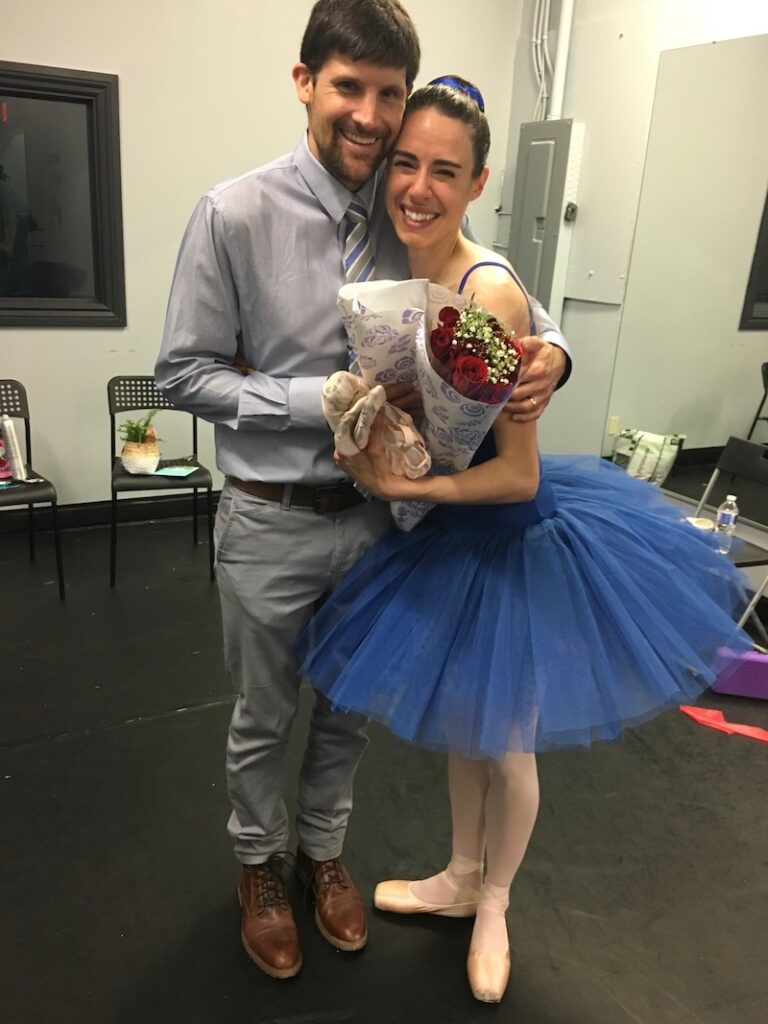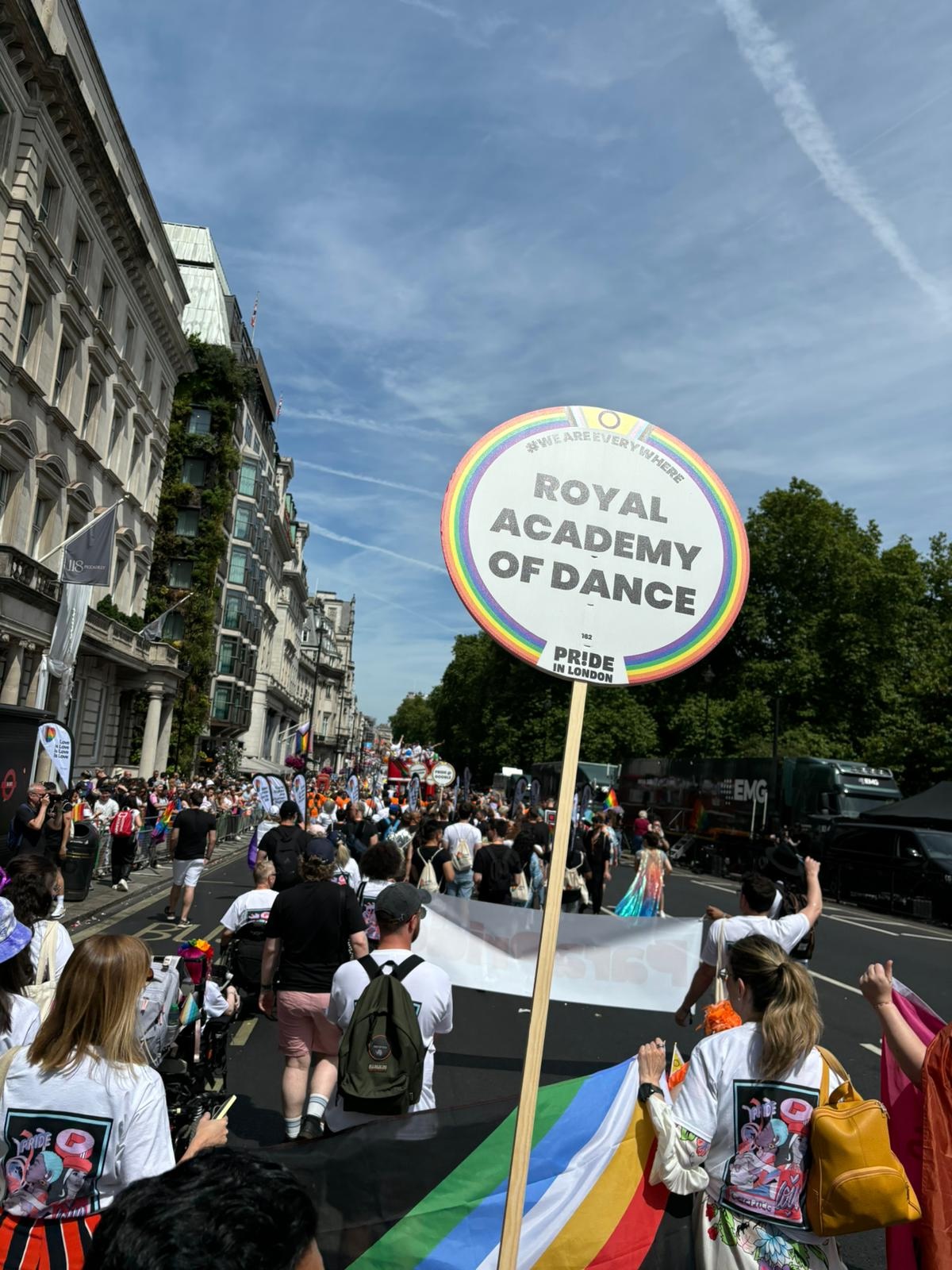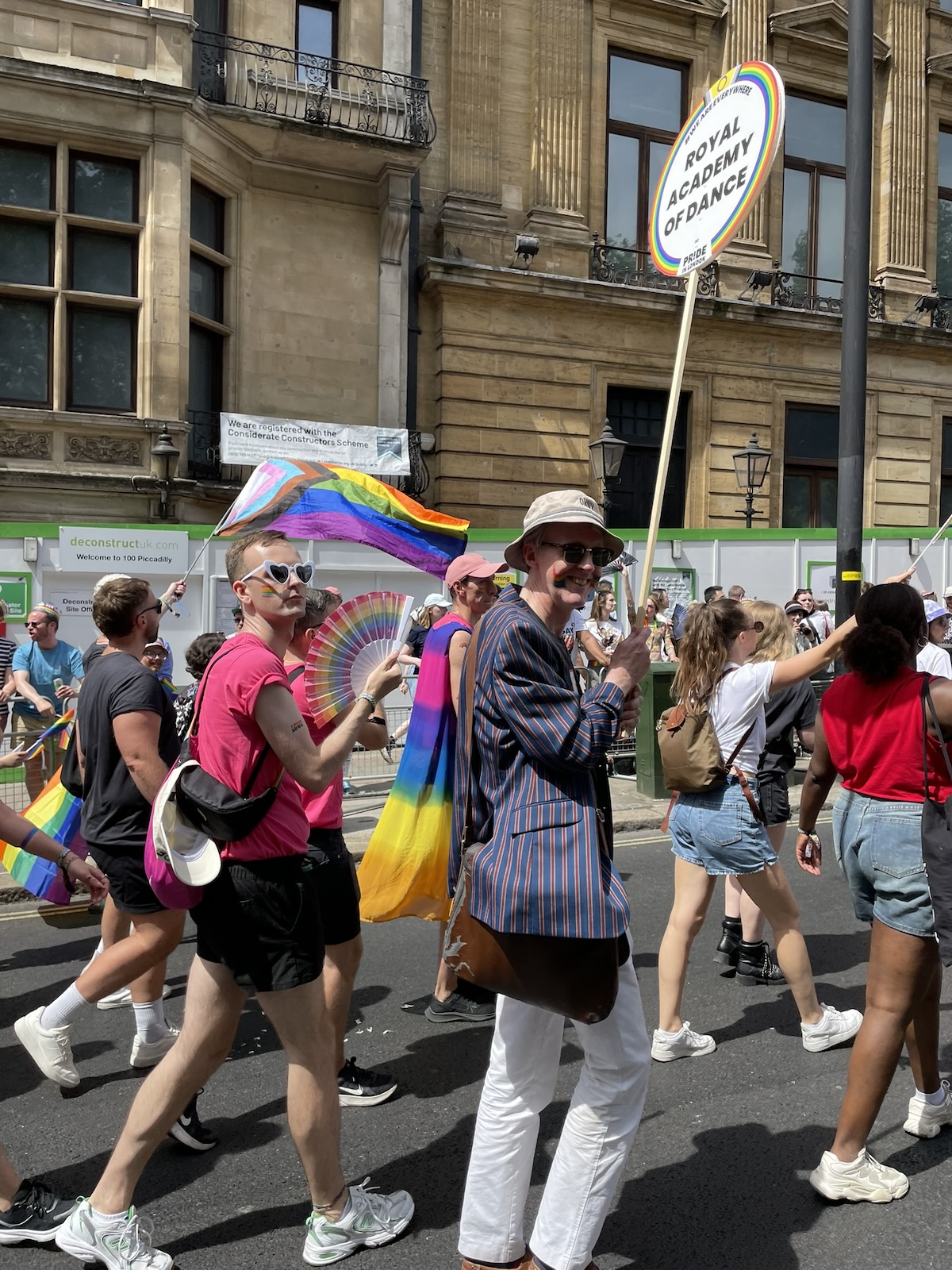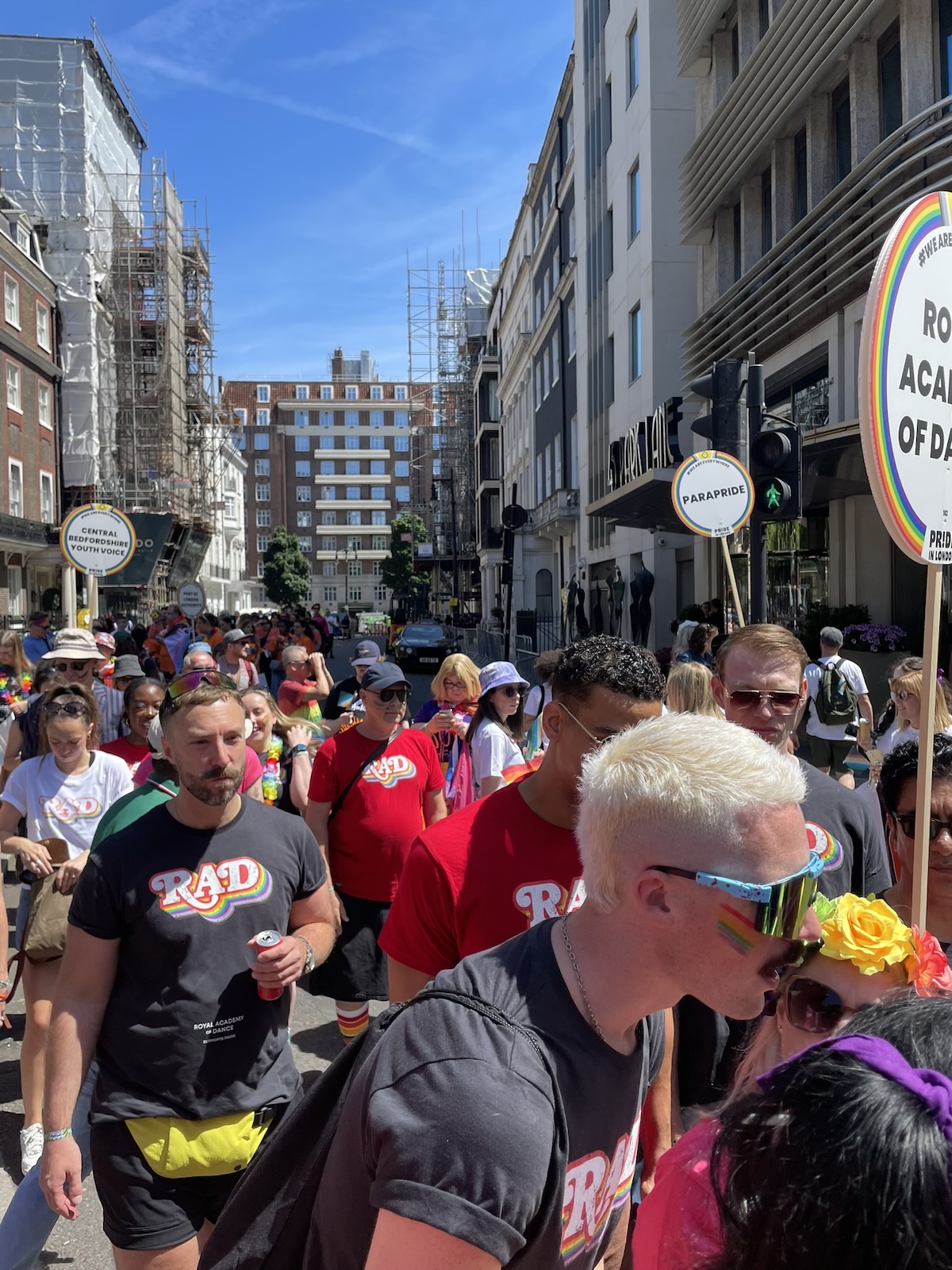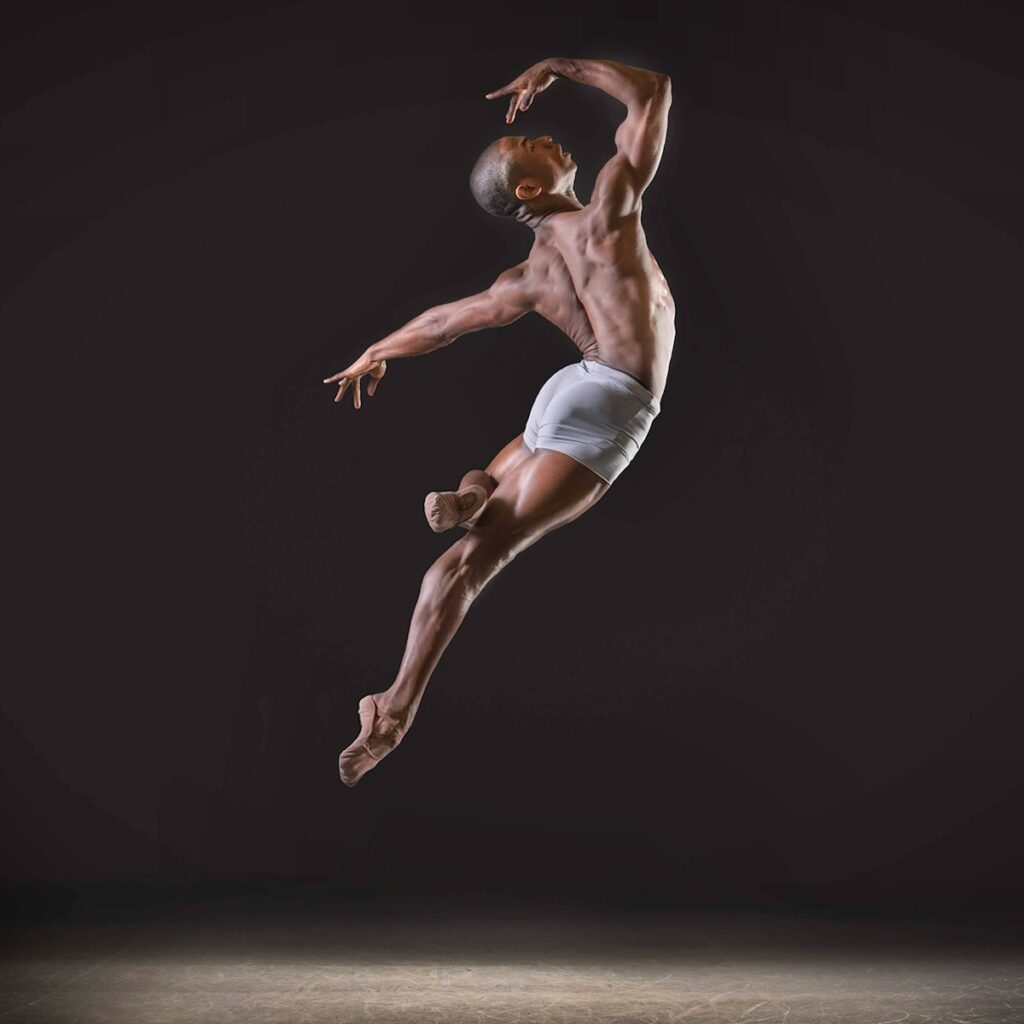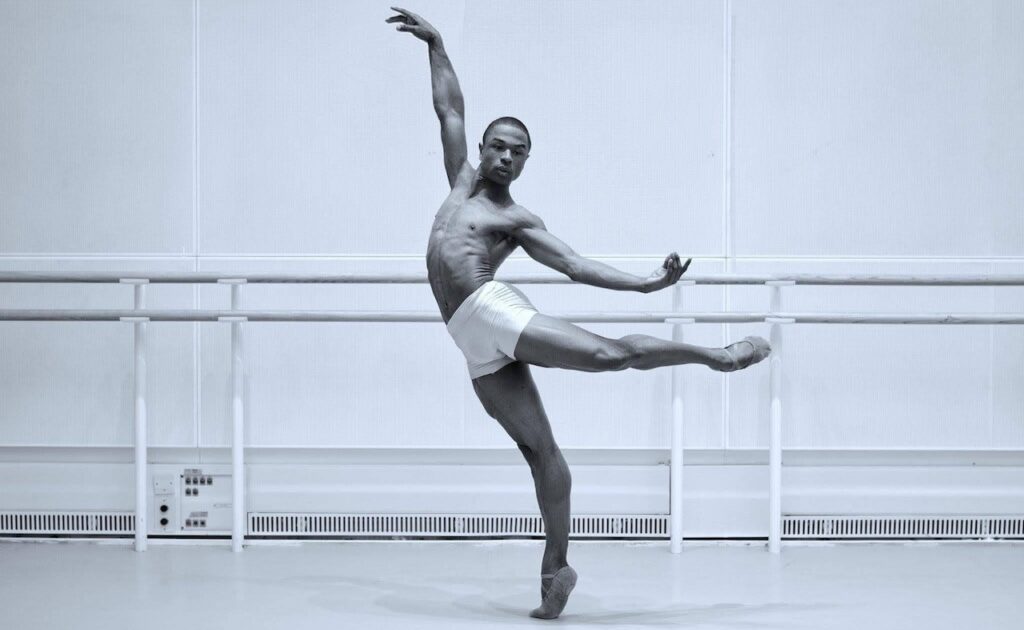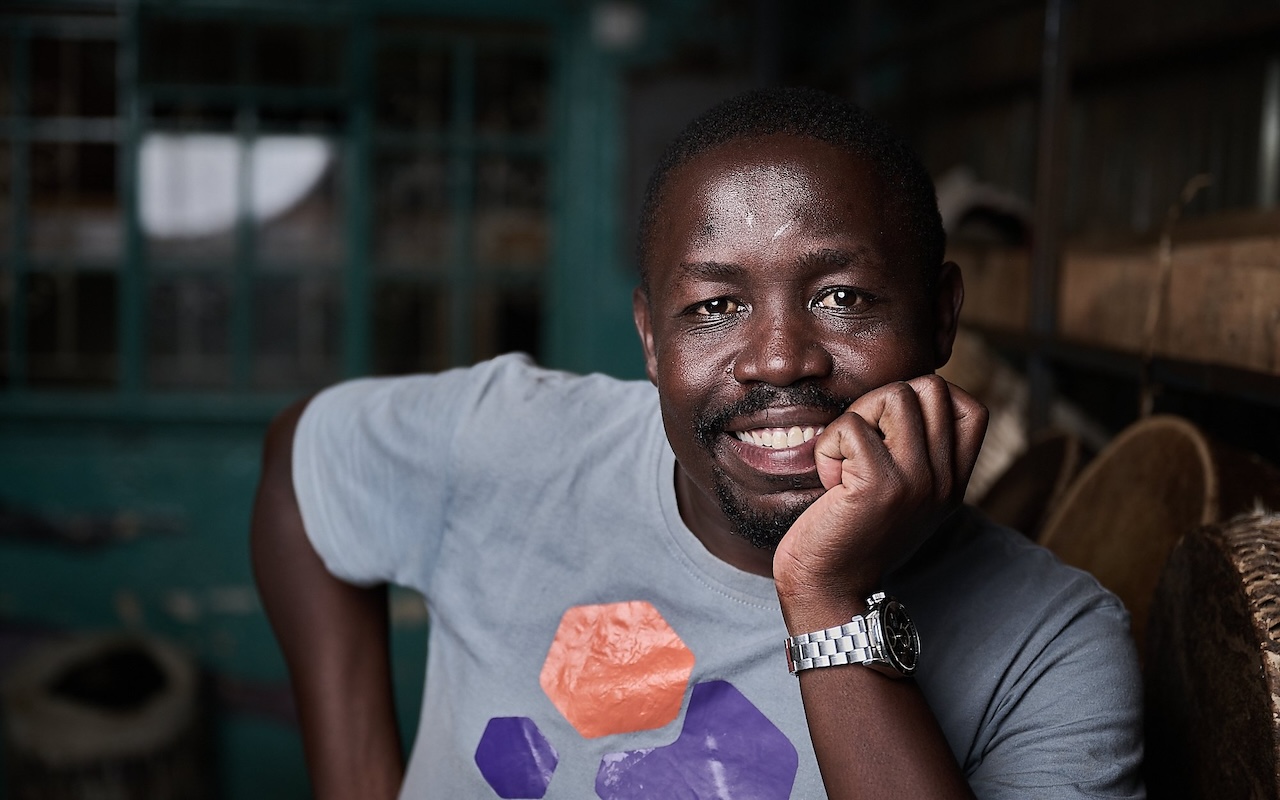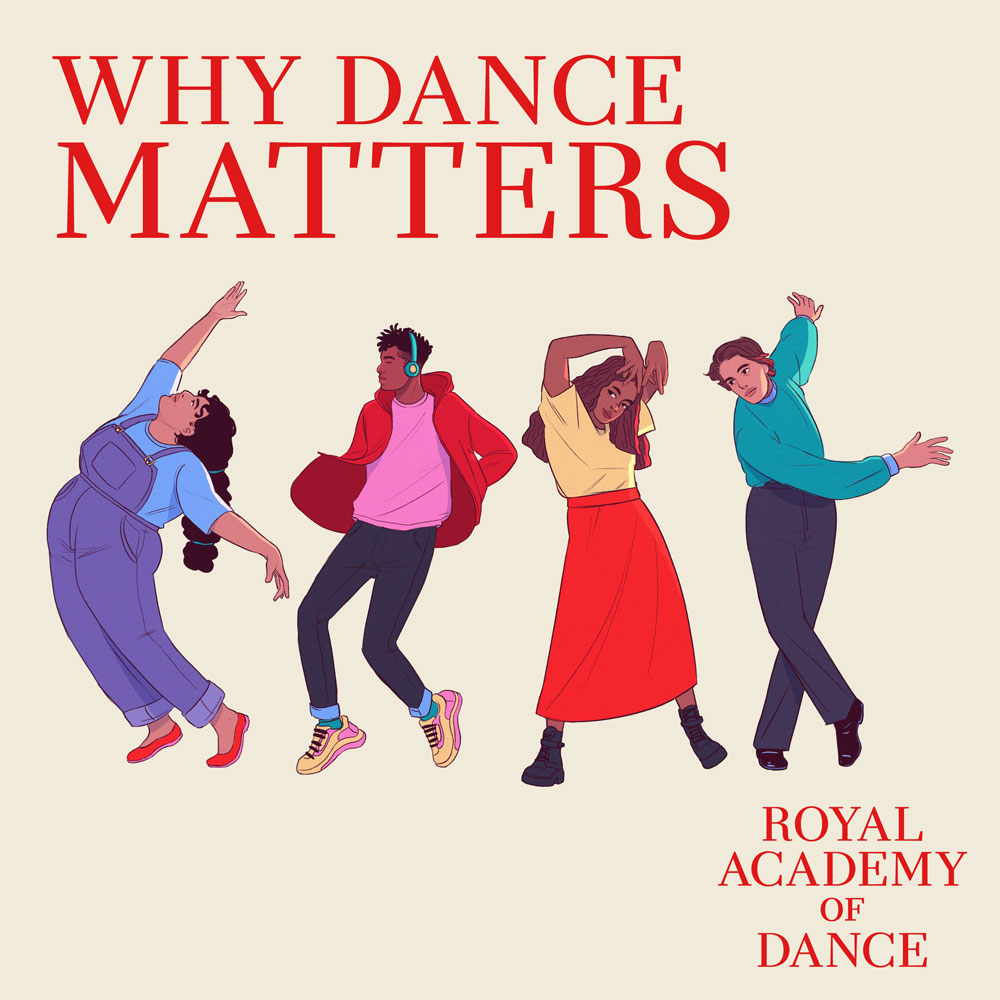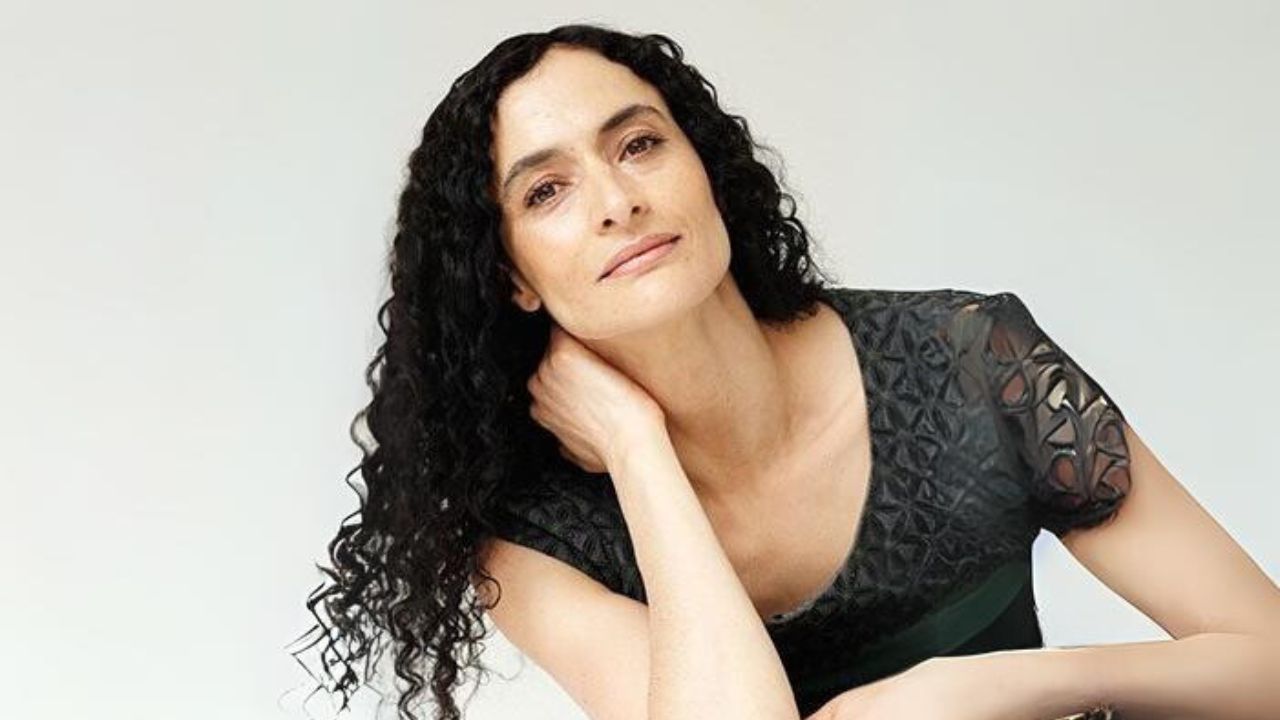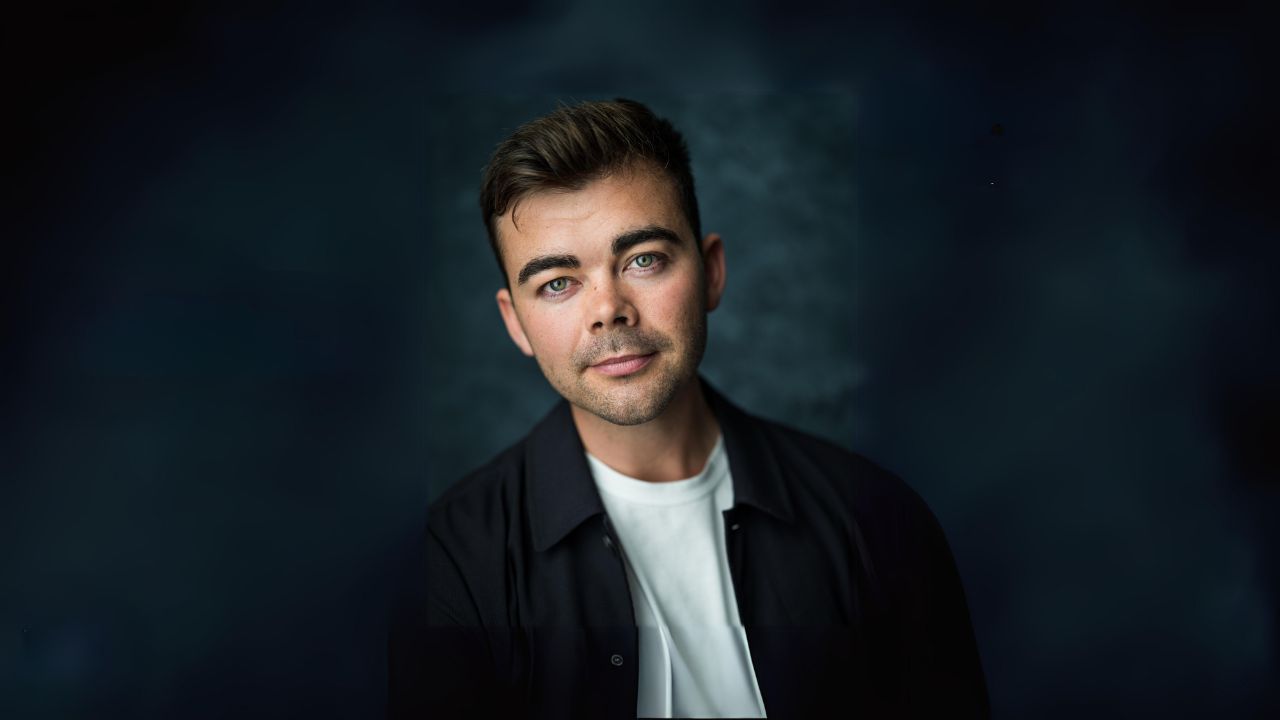The American-Israeli choreographer Barak Marshall is Artist in Residence at Gauthier Dance in Stuttgart.
The best advice I ever received
The best advice I ever received was from my mother, Margalit Oved, who was a famous dancer and choreographer. I began dancing and choreographing relatively late at the age of 27. Just a few years into my career, the dance world’s Darwinian/Hobbesian ‘publish or perish’ culture began to wear me down and I found it difficult to create. I asked her what I should do and she said, ‘the dance world is filled with ambitious and manipulative people who believe that the only way for them to succeed is for others to fail. You will only survive if you understand this: only create when you have something to say and never let their voices define you.’
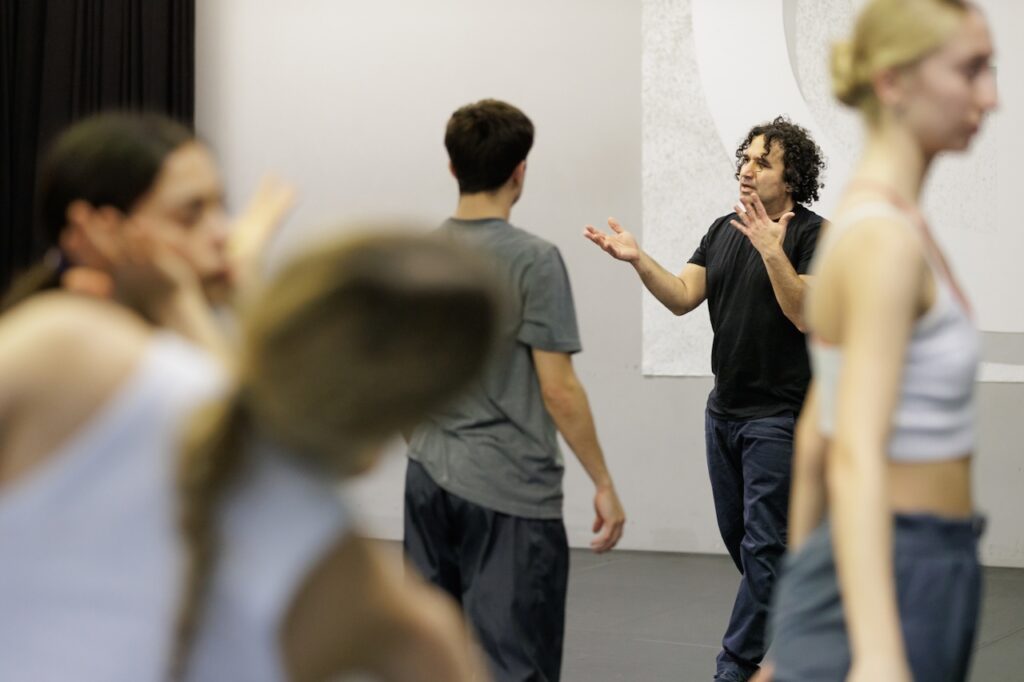
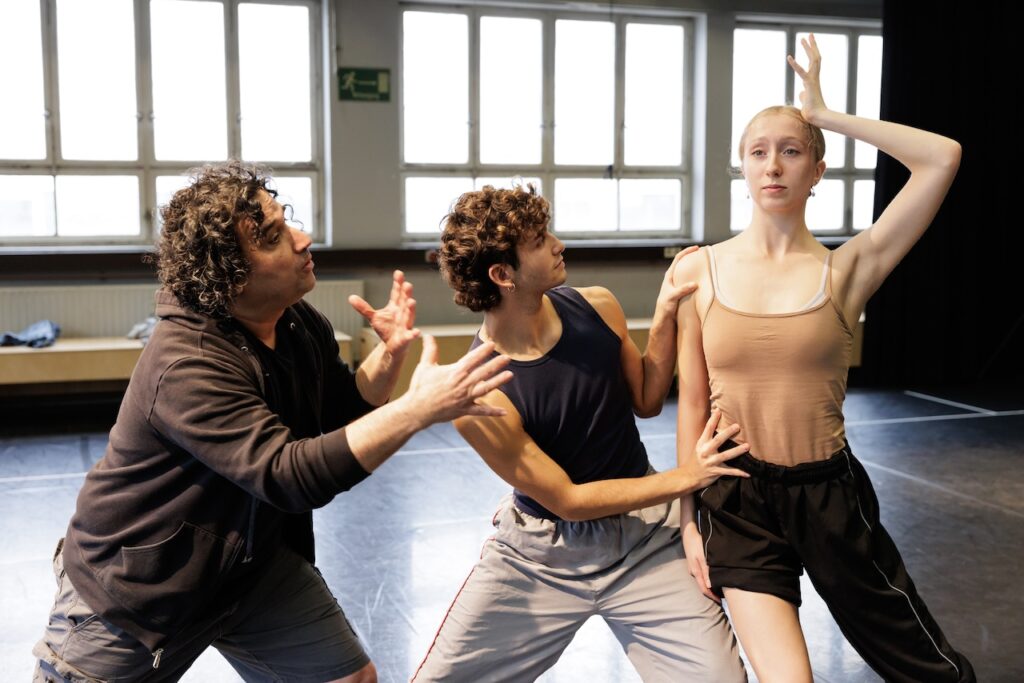

The advice I would pass on
Don’t dance. I’m kidding (mostly). I mentor a lot of young dancers and choreographers and try to prepare them for the realities of the dance world by being as brutally honest as possible – even when it causes them to appear on the verge of nervous breakdown.
I tell them three things:
1 While there has been progress, remnants of dance’s authoritarian DNA survive and thrive. Ninety percent of the time young dancers and choreographers are told what they are doing wrong. And this takes a psychological toll and is the greatest prophylactic to happiness and creativity. I believe that dancers can only realise their full potential as artists when they are free. So – even when circumstances don’t allow for it – urge them to trust themselves, to recognise and politely navigate this cognitive dissonance, and to take everything with a truckload of salt.
2 The dance world is not a meritocracy it’s a chaos-tocracy. Everyone is fallible and just trying to survive. So don’t feed the beast of self-doubt by reading into everything or taking it personally. It’s not you, it’s almost always them.
3 Don’t commit seppuku on the altar of dance. I love dance but it is important to have a life outside of it filled with relationships, friends and family, and to take proactive steps to prepare yourself for the life you want after dance.

